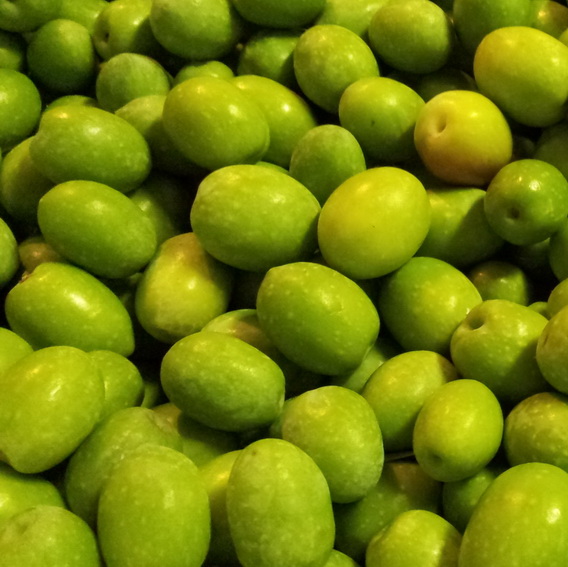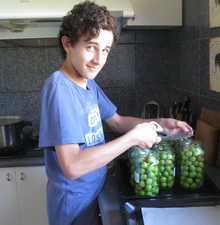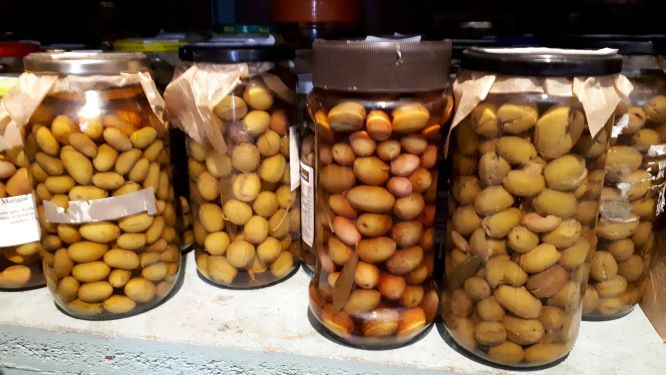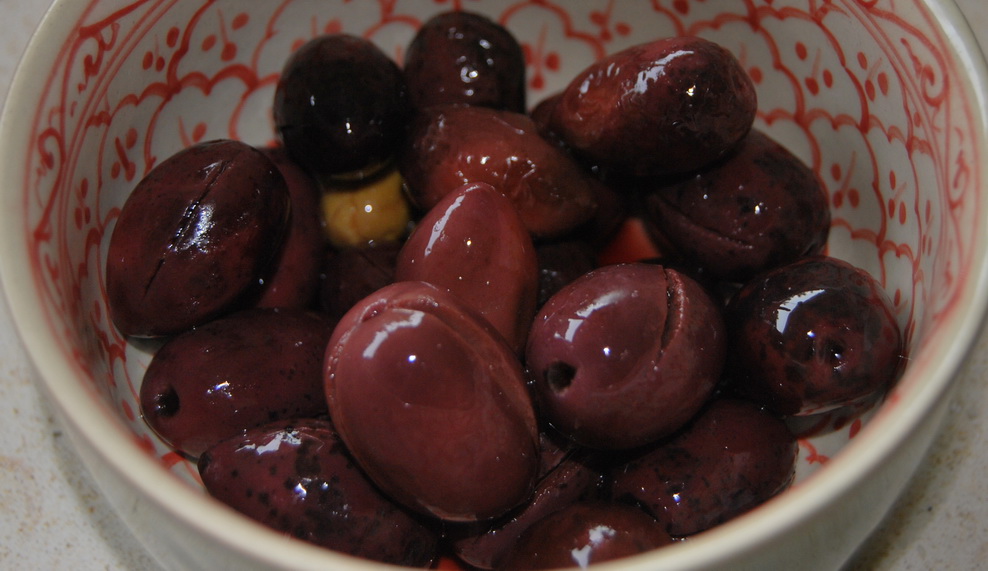Olives straight from the tree need to be experienced once in your lifetime, to show you how incredibly bitter they are! The process of curing olives is needed to draw the bitterness away from the olive flesh and make it edible. The process is different for green and black olives as the black ones are on their way to becoming more mature and will be softer than the green.
Olives come in many varieties and they can all have different flavours, size, shape and even textures. What they all have in common is that they are incredibly bitter straight from the tree and must be ‘cured’ or de-bittered before becoming palatable.
There are many recipes or techniques for transforming these bitter olives into savoury delights, but given that different varieties have unique flavours, the same method used to cure and then preserve varieties of olives will result in different tastes. Experiment with the olives you are growing or can procure to find a technique and a flavour which you like best.
All techniques aim to ‘cure’ or de-bitter the olive by removing the very bitter component in the raw olive, called oleuropein. This bitterness is water-soluble, so this means we can use changes of water to cure them. Other techniques use brine (a salt solution), dry-salting or lye (caustic soda) – AND time. Olives are the ultimate in ‘slow food’, as the curing can take up to a couple of years, depending on technique, maturity and size of olive.
Once cured, the olives can be consumed as they are, or ‘dressed’ (flavoured with garlic, herbs etc); or need to be preserved for long-keeping. Usually brine is involved for preserving, on its own or combined with vinegar. The salt in the brine, together with an acidic element such as vinegar or a slice of lemon; and a layer of oil at the very top of the bottled olives, all help in the preserving. If you find that the olives are soft and mushy when you go to eat them, they have not been preserved properly and MUST be discarded.
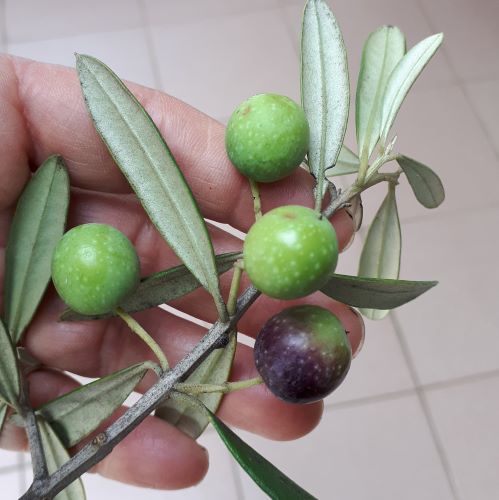
WHEN ARE MY OLIVES READY TO PICK?
Techniques also vary according to the RIPENESS of the olive, which is determined by its colour. All olives start as green olives on the tree. They are unripe. Green olives are deemed ready to pick and cure when there are several on the tree starting to change colour to purple. The colour then matures gradually to the black (deep purple) when fully ripe. Being softer when fully ripe also means that we change the techniques for the curing and the preserving between the green and the black olive.

